UK PMI Manufacturing rose from 49.1 to 51.3 in May, surpassing expectations of 49.2 and reaching a 22-month high. However, PMI Services fell from 55.0 to 52.9, below the anticipated 54.8 and marking a 6-month low. Consequently, PMI Composite dropped from 54.1 to 52.8.
Chris Williamson, Chief Business Economist at S&P Global Market Intelligence, stated that the flash PMI indicates a “further expansion” of UK business activity, aligning with GDP growth of around 0.3% in Q2. He highlighted an “encouraging revival of manufacturing accompanied by sustained, but slower, service sector growth.”
The survey also revealed positive news regarding service sector inflation, which is cooling. Companies reported the slowest price growth in over three years, with headline inflation falling close to BoE’s target. Williamson noted that the PMI data support the view that BoE will start cutting interest rates in August, assuming the data continues to improve over the summer.




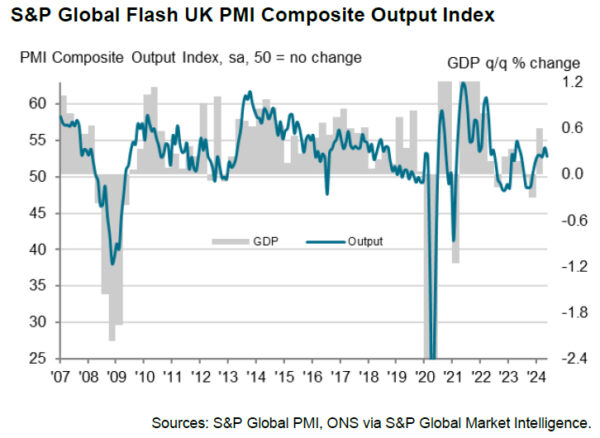
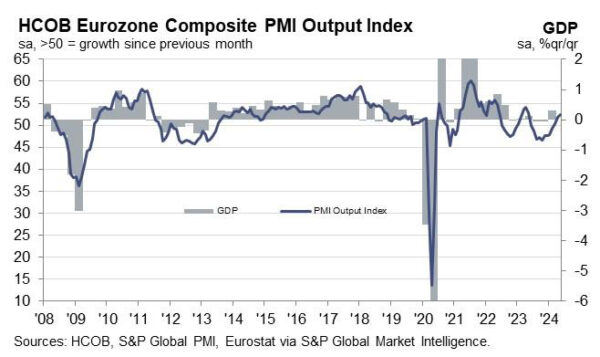
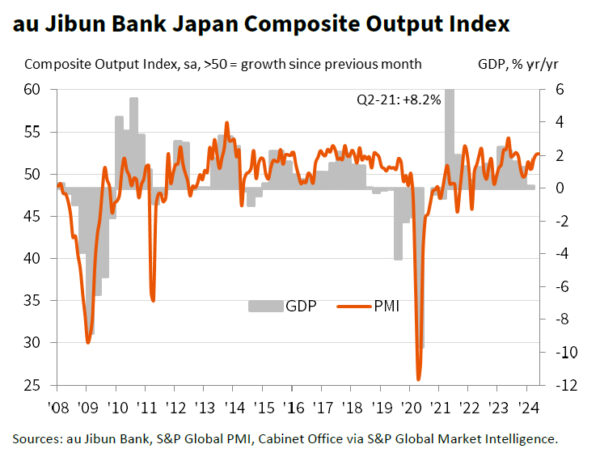
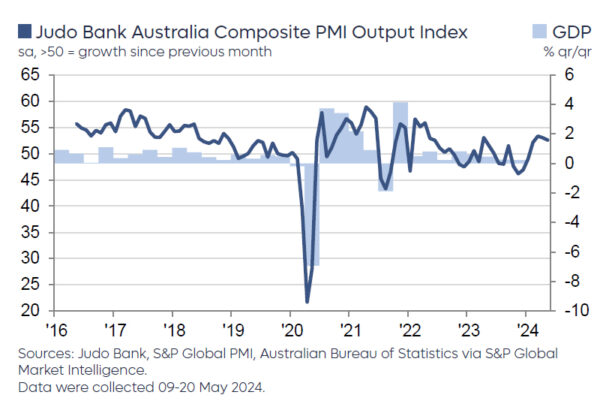
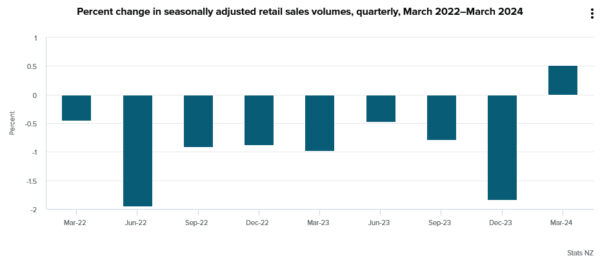
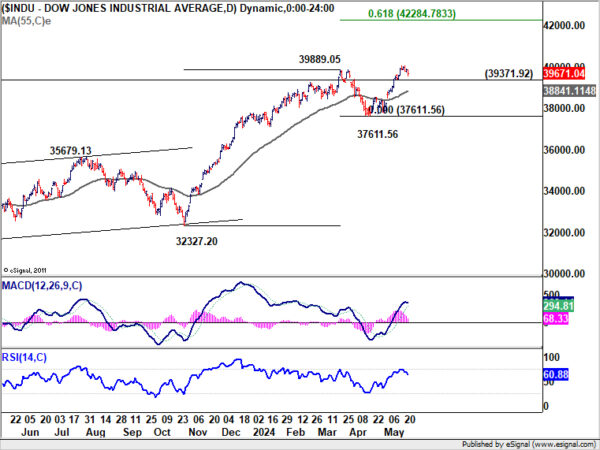
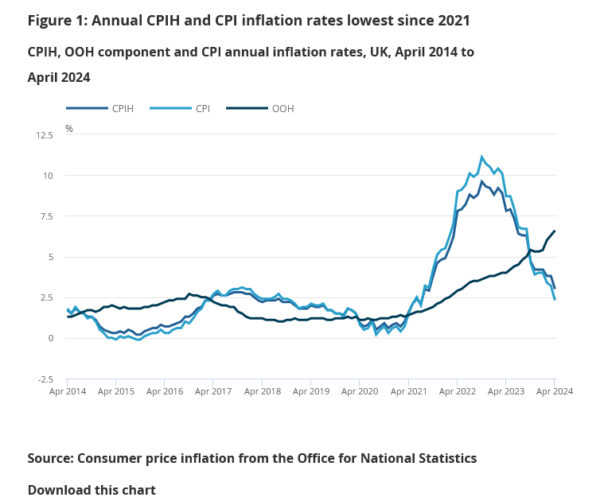
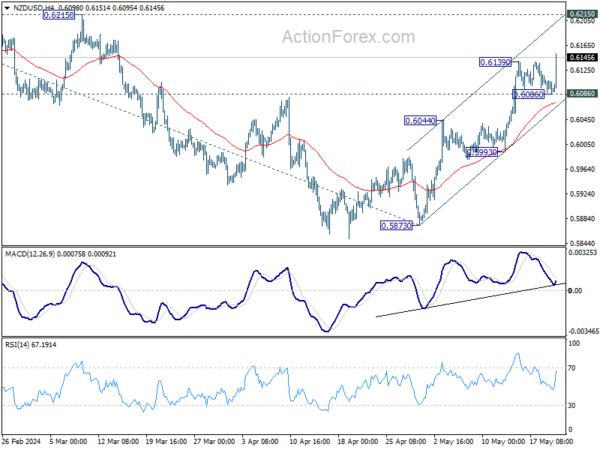
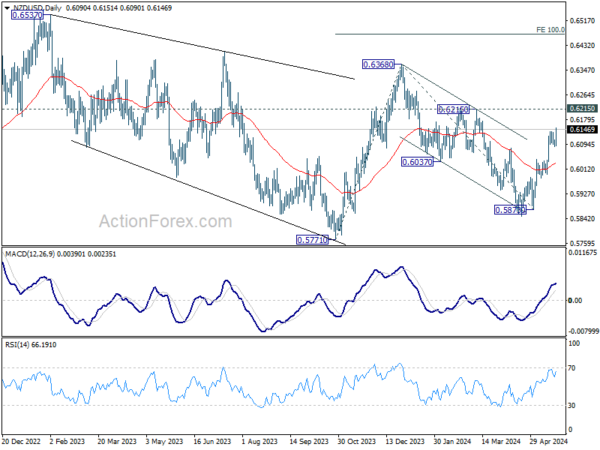
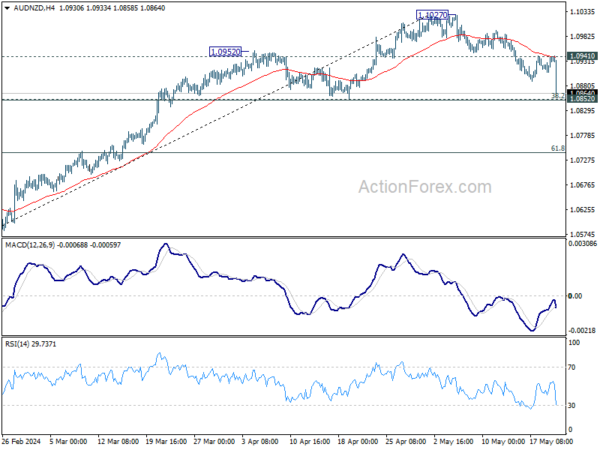
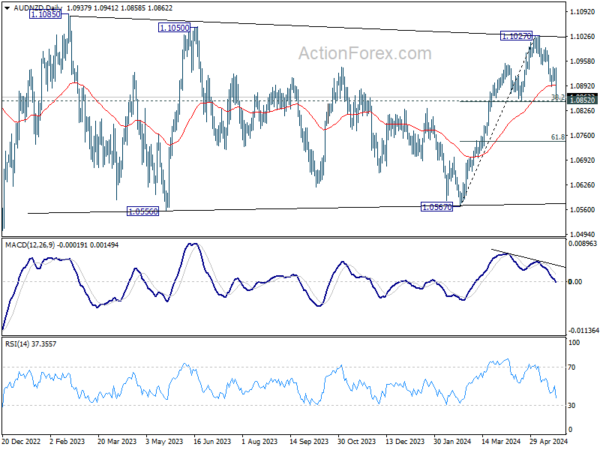
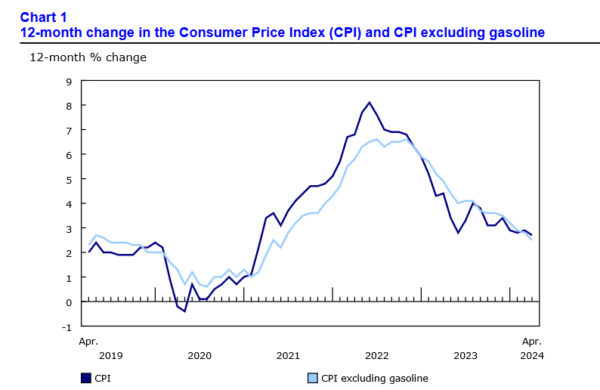
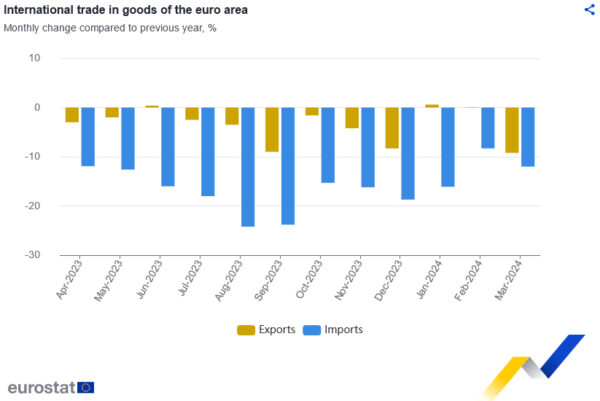
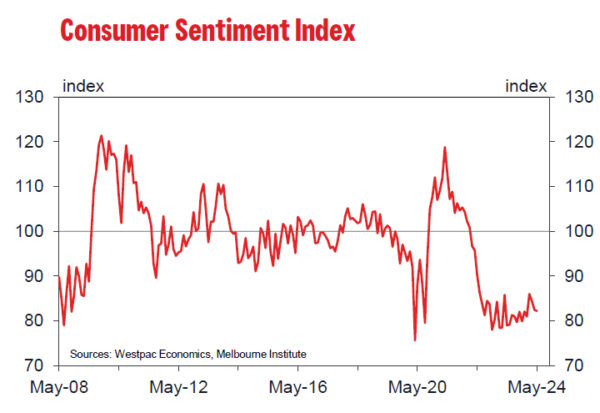

US initial jobless claims falls to 215k, vs exp 220k
US initial jobless claims fell -8k to 215k in the week ending May 18, below expectation of 220k. Four-week moving average rose 2k to 220k.
Continuing claims rose 8k to 1794k in the week ending May 11. Four-week moving average of continuing claims rose 5k to 1782k.
Full US jobless claims release here.